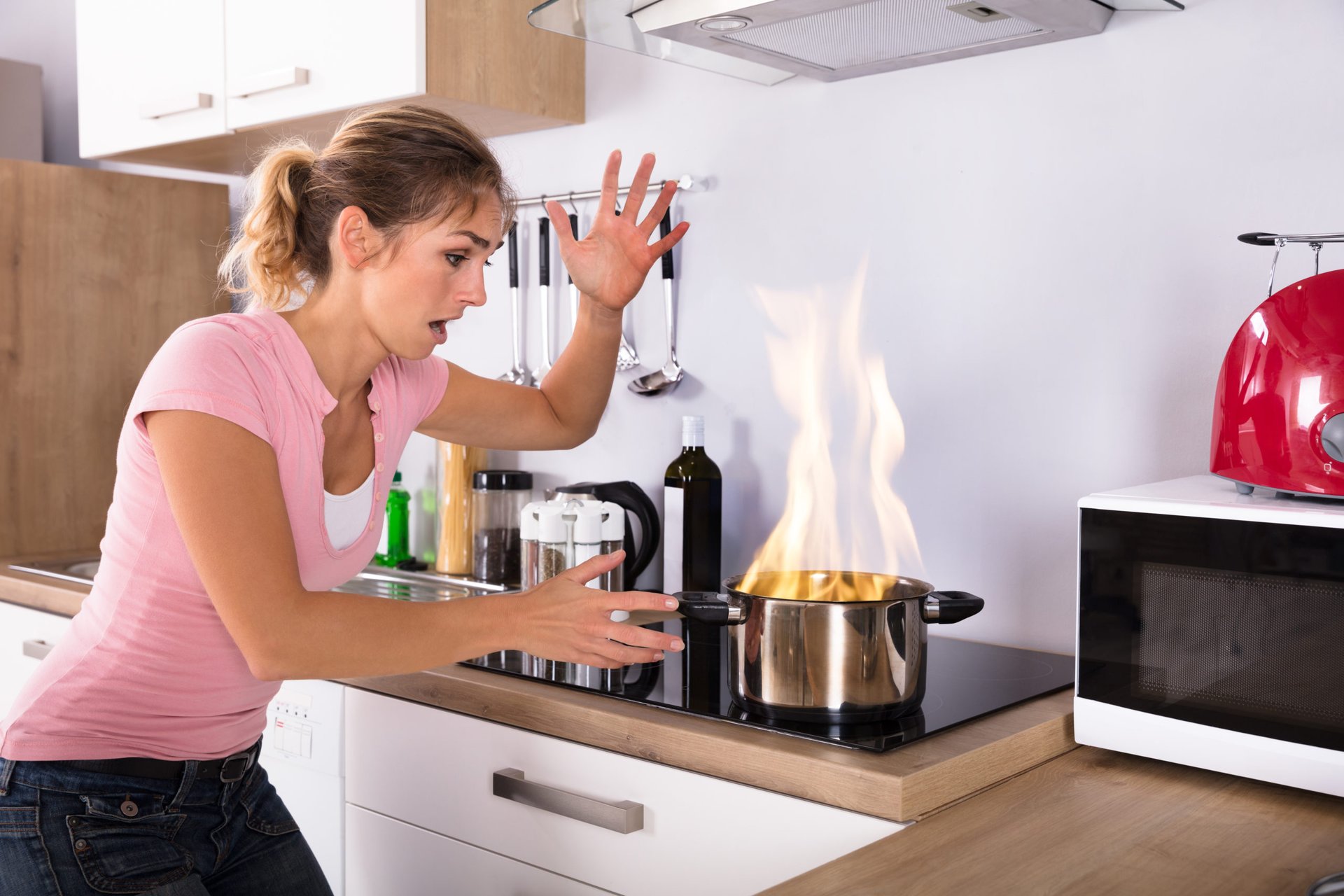
More people are getting burned in their kitchens during the coronavirus lockdown, at least two hospitals say.
They’re cooking more at home and trying new recipes amid increased kitchen chaos of kids and pets underfoot and spouses roaming around.
“It’s definitely a recipe for burn accidents,” cautions Dr. Tina Palmieri, surgeon and chief of the Firefighters Burn Institute Regional Burn Center at the UC Davis Medical Center in Sacramento, California.
The UC Davis center and the Legacy Oregon Burn Center in Portland both recently reported an uptick in patients treated for cooking-related burns, such as burns to arms and hands from oil or grease. In some cases, the injuries were severe enough to require not only emergency care but also hospitalization and surgery as well.
“It’s easy to forget the kitchen can be a dangerous place,” Palmieri says.
Injuries can burn your wallet, too.
The typical out-of-pocket cost for an insured patient’s emergency room visit runs more than $200, says the Health Care Cost Institute.
Property damage from reported home-cooking fires averages $6,700, says the National Fire Protection Association.
UC Davis, the Oregon Burn Center and the American Red Cross offer the following tips to avoid burns in the kitchen and thus save money.
Kitchen safety do’s and don’ts
- Do keep a fire extinguisher in the kitchen.
- Don’t leave food or equipment unattended when cooking. That’s the No. 1 cause of kitchen fires, says the Red Cross.
- Do keep pot lids nearby when cooking with grease. If a fire erupts, extinguish it by putting the lid on the pot. This is the best way to put out a grease fire, says UC Davis Medical Center.
- Don’t pour water on a grease fire.
- Do keep pot holders, oven mitts, towels and other flammable items away from the stovetop, oven and other appliances that generate heat.
- Don’t wear billowing garments, such as robes or wide-sleeved shirts, when cooking.
- Do, if your clothes catch fire, drop to the floor, cover your face with your hands and roll to extinguish the flames.
- Do check often any food you are simmering, baking, boiling or roasting.
- Do turn handles inward if pots or pans contain hot items.
- Do remove hot liquid from a microwave slowly, as it can suddenly overflow.
- Do keep the number of people and pets in the kitchen to a minimum.
- Don’t let kids sit on a counter next to the stove.
- Do keep electrical appliance cords and hot objects out of kids’ reach.
- Don’t drink alcohol or use other substances that impair judgment before or during cooking.
If you get burned
- Do immediately treat a small burn (less than the size of a hand palm) by running room temperature water on it for 15 to 20 minutes, and then cover it with clean gauze or a wrap. This is the best immediate treatment for small cooking-related burns, says UC Davis Medical Center.
- Do see a doctor if the burn causes severe pain or blisters larger than the size of a palm, or if a foul smell or oozing develops days after the injury.




Add a Comment
Our Policy: We welcome relevant and respectful comments in order to foster healthy and informative discussions. All other comments may be removed. Comments with links are automatically held for moderation.